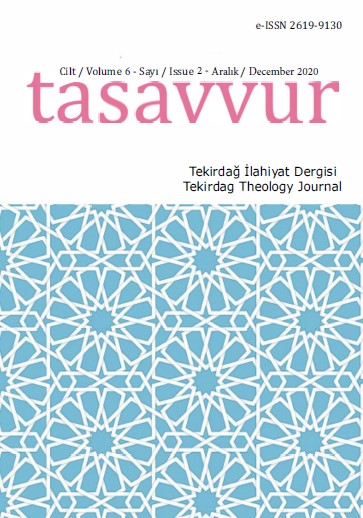Arap Dilinde Mef‘ûller ve Türkçe Cümledeki Karşılıkları
Objects in Arabic Language and Their Correspondence in Turkish Sentence
Author(s): Ahmet ŞenSubject(s): Syntax, Comparative Linguistics, Turkic languages
Published by: Tekirdağ Namık Kemal Üniversitesi İlahiyat Fakültesi
Keywords: Arabic Language; mafʿūl; Takyîd; Turkish; Complement;
Summary/Abstract: Intensity in the narrative begins with the addition of some elements between the subject and the predicate. The meaning of the predicate is integrated, clarified, or reinforced in various ways. For this, words or phrases are used. In the Turkish sentence, the complement, which is described as the sentence element that undertakes the task of completing the predicate element from various angles, is named so because of its function of completing the work, occurrence etc. There are two basic concepts in Arabic that include all the elements in the sentence: ıtlâk and takyîd. The concept of subordinate is the basic elements that express the subject and predicate. Takyîd, on the other hand, is that the sentence is not completed with musnad (subject) and musnad ilayhi (predicate), but needs other elements such as object, conditional prepositions, state (hal) and appeal (temyiz). In this article, in which are dealth with the types of object that are thought correspond to the whole in Turkish sentence and their equivalents, discussed five types of meful, namely mafʿūlun bihi, mafʿūlun mutlaqun, mafʿūlun liʾajlihi, mafʿūlun maʿahu, mafʿūlun fīhi.
Journal: Tasavvur Tekirdağ İlahiyat Dergisi
- Issue Year: 6/2020
- Issue No: 2
- Page Range: 1137-1151
- Page Count: 15
- Language: Turkish

